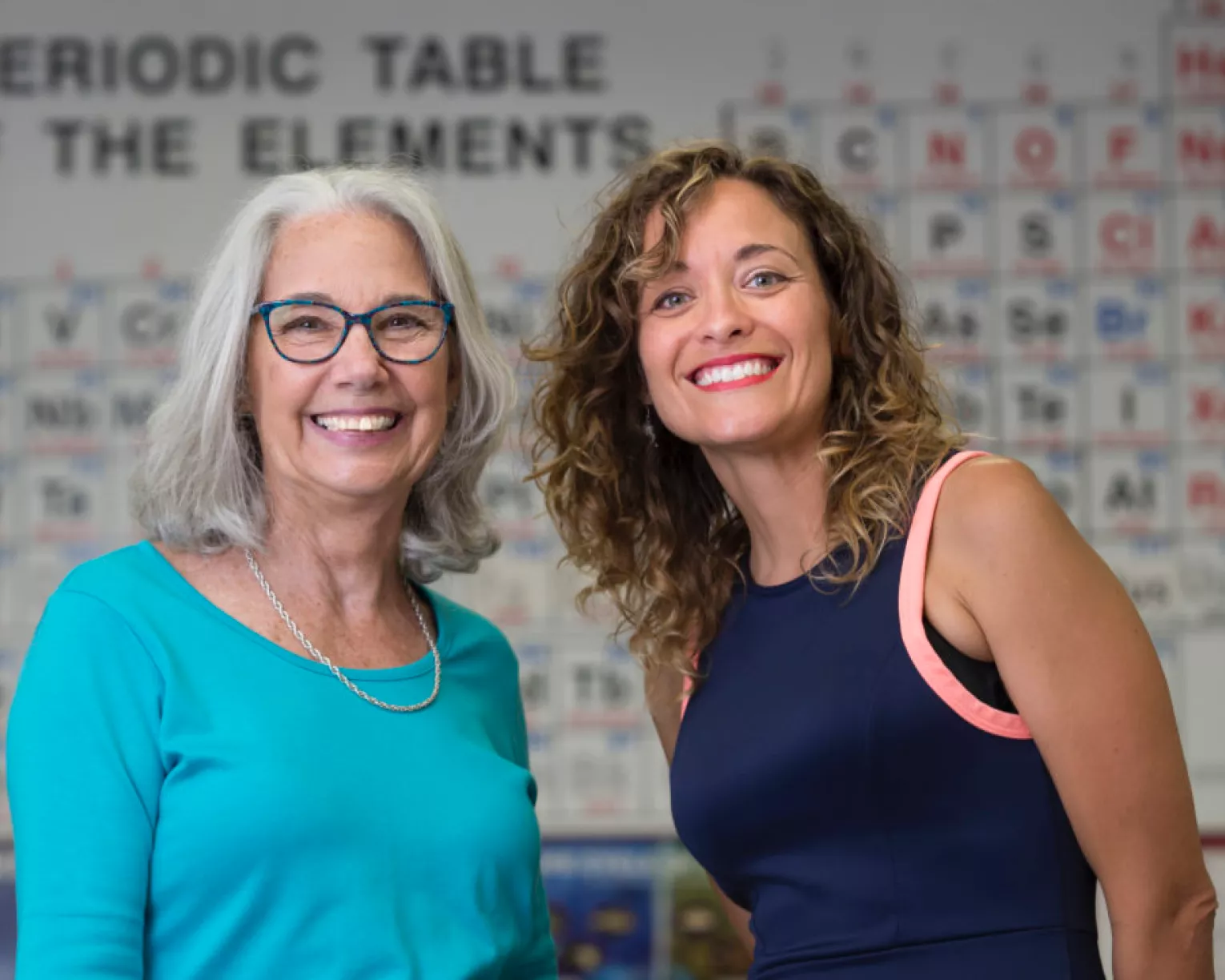NEA’s substitute educator members find value in wall-to-wall unions
Last year, as a substitute educator in Seattle with decades of experience and a full complement of state certifications and endorsements, Peter Henry earned more money than many full-time teachers across the nation. “Our daily rate is about $240 a day, which is at the top, or near the top, for Washington,” says Henry, president of the Seattle Education Association (SEA)’s Seattle Substitutes Association, a group within SEA. Additional contract provisions for long-term assignments allow substitute educators to earn more. “Would this have happened if we didn’t have [union] representation? No. You’d have rent-a- temps, like Kelly Services.”
There is power in the union. From Maryland to Maine to Washington, substitute educators who belong to “wall- to-wall” unions—those are bargaining units that include substitute educators alongside full-time colleagues—say they have a voice that leads to more professional pay, some access to health and retirement benefits, and professional development opportunities that make them better teachers.
“I’ve been on the bargaining team for our last two con- tracts. Our issues are taken seriously. We don’t always get what we want, but we are heard,” says Henry.
Across the nation, about 4,700 substitute educators belong to NEA. As districts turn more frequently to substitute educators, these educators are making vital contributions to student success. “We’re the emergency team,” says Nancy Paine, president of the substitute association within the wall-to-wall Edmonds Education Association in Washington. “We come in and make sure everything is okay. I think that’s a valuable service—and I think it needs to be treated that way.”
One in Ten
There is no “typical” substitute teacher. Some are future teachers. Many are retired teachers, like Paine. Others are people who prefer a flexible work schedule.
Increasingly, they caulk the gaps in the education workforce. About one in four teachers missed at least 10 days of work in 2016. In districts where work-related stress is worse, absenteeism can be higher. Meanwhile, many districts start the year with unfilled teacher positions, as low pay and low morale fuel the teacher shortage. On any given day, substitute educators helm about 10 percent of all classrooms.
“Our issues are taken seriously. We don’t always get what we want, but we are heard.”
—Peter Henry, President, Seattle Education Association Seattle Substitutes Association, a group within SEA
Belonging to the union gives substitute educators a voice that leads to better pay, benefits, and professional development.
By uniting the voices of substitute and full-time educa- tors, unions improve workplace conditions in several areas, including pay. “If you’ve done your job right, and you keep getting invited back, then you deserve professional pay,” says Paine. In Montgomery County, Md., that looks like more than $200 a day for long-term, certificated substitutes with negotiated bonuses of $250 for those who work at least 25 days a semester and $450 for those who hit 45 days.
Benefits is another area. SEA has won district-provided health insurance for substitute educators after 60 days on the job. In Maine, the Portland Association of Teachers has made sure its substitutes are eligible for the district’s medical plan, with monthly premiums paid by the district, if they have worked the equivalent of 70 days in the previous year.
A third area is professional development. Lessons in classroom management, technology, and more benefits for both educators and students. Many union contracts require professional development for substitute teachers, and unions often take the lead in providing it.
“Our contract requires two days,” says Visnick. “We need to tell these [substitute] teachers—‘Join us. We will help you be a better teacher. We have programs to help you.’”





